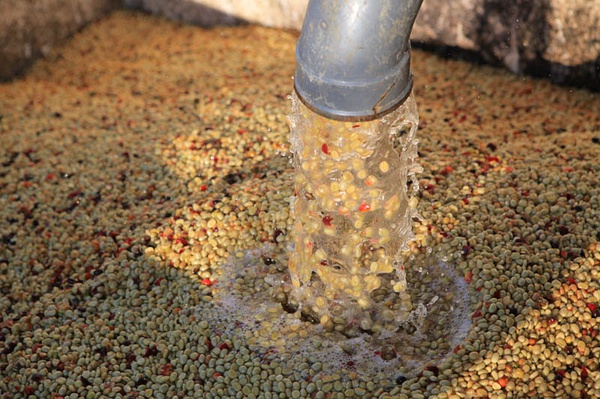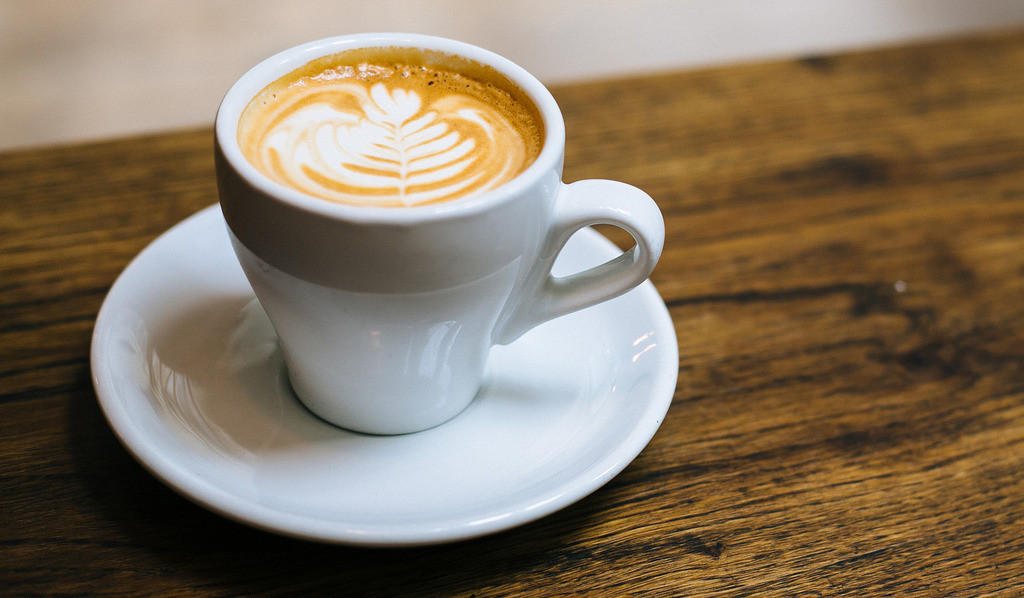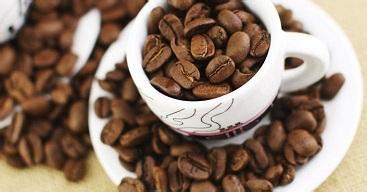Different treatment methods of raw coffee beans are analyzed in detail.
After picking, coffee fruits need to go through a series of processes before they can become what we call coffee raw beans. This series of processes are often referred to as the handling of raw coffee beans or the rough processing of raw coffee beans in the industry.
How to get raw coffee beans
There is a pair of seeds in the middle of the coffee fruit. The seeds are wrapped in the outer skin, pulp and endocarp. The mature coffee fruit should be treated immediately after picking to avoid spoilage. The raw bean treatment of coffee is the process of removing the exocarp and pulp of the coffee and then taking out the seeds. There are three methods of treatment: sun exposure, water washing, semi-washing, and the development time line of coffee treatment can be roughly divided into: before 1740, the raw coffee beans were all treated in the sun; in 1740, the Dutch invented water washing; after 1990, Brazil invented semi-water washing; after 2000, Brazil improved semi-washing densification treatment, and the properly treated coffee has a sweet and rich fruit flavor. The following is an introduction to some of the processing methods.
Natural drying method
The natural drying method is to insolate the harvested coffee, which is mixed with soil flavor, so it tastes complex and wild, and the fruit flavor is also obvious, but the quality is unstable and there will be greater ups and downs.
Washing treatment method
Harvest-fresh fruit flotation-removal of pulp-fermentation trough (removal of mucous membrane)-washing (selection of light or hard beans)-drying (sun or machine drying). The washing method is to soak the coffee beans, remove the floating beans by soaking, leave the sunken beans, and then ferment, scrub and air-dry the beans, which are relatively clean in appearance and taste and rich in bright sour taste.
Central American honey treatment method
The honey treatment rule is a combination of washing and drying, first removing the pulp and peel by washing, followed by sun exposure and drying and storage. in the process, the coffee fruit needs to be rolled manually, so the labor cost is relatively high. In addition to the fruity aroma, this kind of coffee beans also have the aroma of fermented wine.
Brazilian secret treatment: harvest-fresh fruit flotation-de-pulp-washing-(with mucous membrane) elevated bed solarization
Red honey treatment: harvest-fresh fruit flotation-peeling-washing-(80% mucous membrane) elevated bed solarization-reddish brown with shell beans
Yellow honey treatment: harvest-fresh fruit flotation-peeling-washing-(50% mucous membrane) elevated sun-shell yellow
Double fermentation in Kenya
Fresh fruit flotation-de-pulp-fermentation in the upper fermentation tank-washing-shell beans into the bottom fermentation tank to continue fermentation-washing-soaking water-sun.
Ethiopian sun exposure method
Washed coffee fruit-elevated bed sun. Turning coffee every hour during the 48-hour critical period, while picking out defective fruit, takes 7 to 15 days to complete. Sun beans have relatively better sweetness and mellow thickness, and less sour taste.
Indonesian wet planing method
Fresh fruit peeling-with shell bean flotation-sun (with mucous membrane)-shelling)-drying until drying, such treatment activates sugar, protein and fat metabolism for coffee aroma, coffee mellow, low acidity and sweet disadvantage is that when shell beans are shelled, beans are easy to be dried for a long time after shelling, and mildew is easy to occur.

Important Notice :
前街咖啡 FrontStreet Coffee has moved to new addredd:
FrontStreet Coffee Address: 315,Donghua East Road,GuangZhou
Tel:020 38364473
- Prev

If you like coffee, you have to read cappuccino.
When it comes to coffee, 99% of your friends probably think of cappuccino. Fragrant milk foam, smooth taste, cappuccino brings us a beautiful imagination of coffee. But it's not that easy to get a really good cappuccino. Cappuccino is an Italian coffee mixed with the same amount of espresso and steam foam milk.
- Next

Explain in detail the high-quality Nicaraguan coffee beans
Nicaragua: Nicaraguan coffee flavor characteristics: moderate acidity, fragrant and delicious. Nicaraguan coffee of high quality is in the forefront of coffee beans in the world and enjoys a good reputation. Its particles are moderate in size, mild in taste and very aromatic and mellow. Nicaragua is located in central Central America, bordered by the Pacific Ocean to the west and the Caribbean Sea to the east. The highland in the north and the coastal plain in the east, belonging to Central America.
Related
- What is the meaning of lactic acid fermentation with coffee bean treatment?
- How to judge the state of foam by sound?
- How does the latte pull out the unicorn pattern? Come to get for a little trick to improve the flower pull!
- Will flower pulling affect the taste of the latte?
- Do you know the history of coffee?
- The difference between honey treatment and sun washing what is raisin honey treatment?
- What kind of milk can a novice use to make coffee foam to keep the foam longer? The correct method and skills of milking tutorial sharing
- Why do washed coffee beans taste sour? Flavor characteristics of washed Coffee
- Introduction to the skill of how to practice the size and height of water injection around the circle of hand-brewed coffee
- How do beginners practice coffee flower drawing from scratch?

